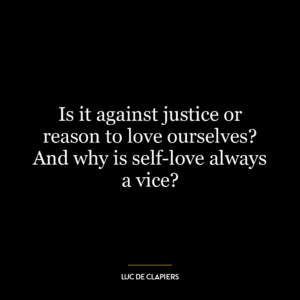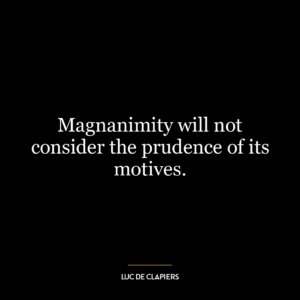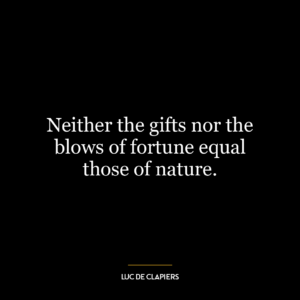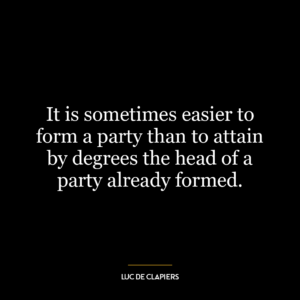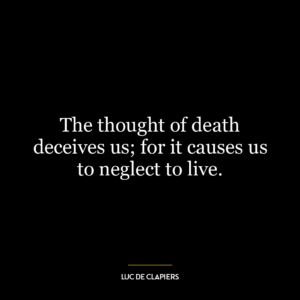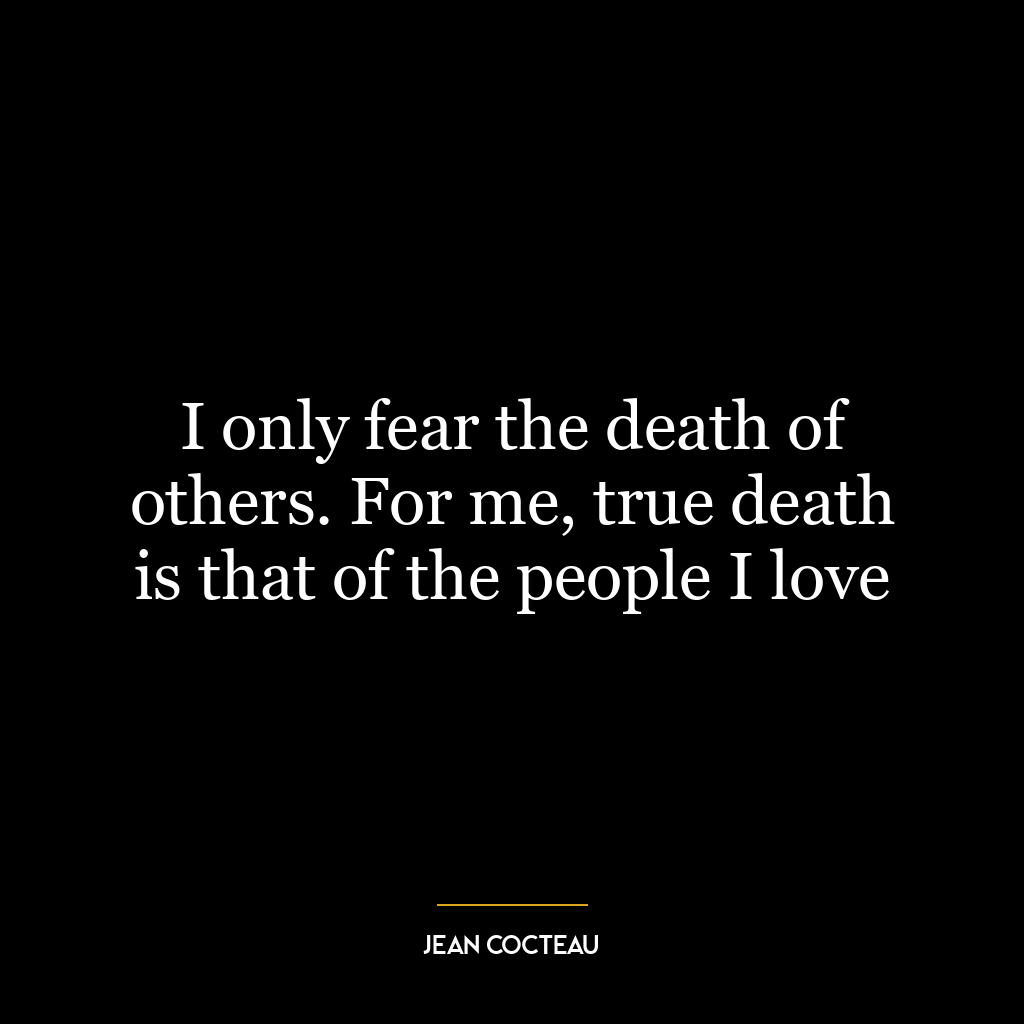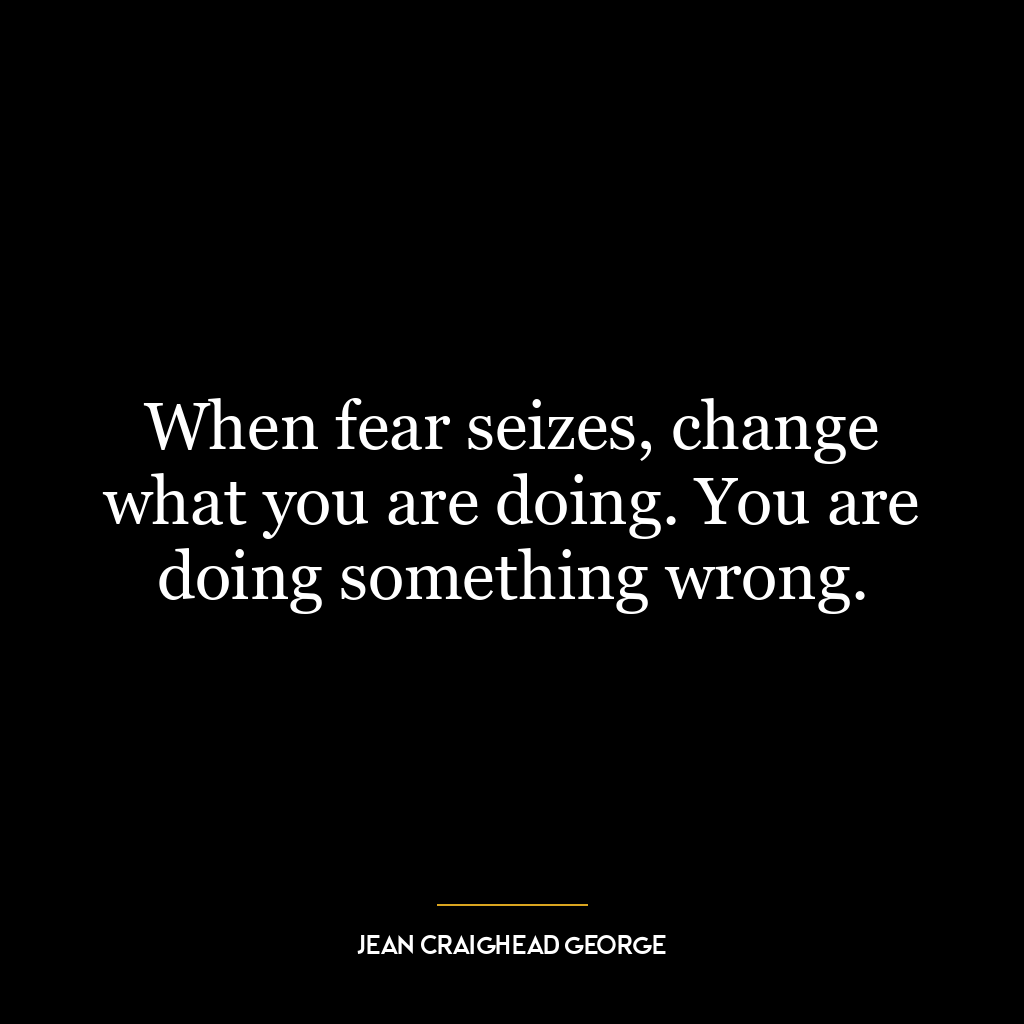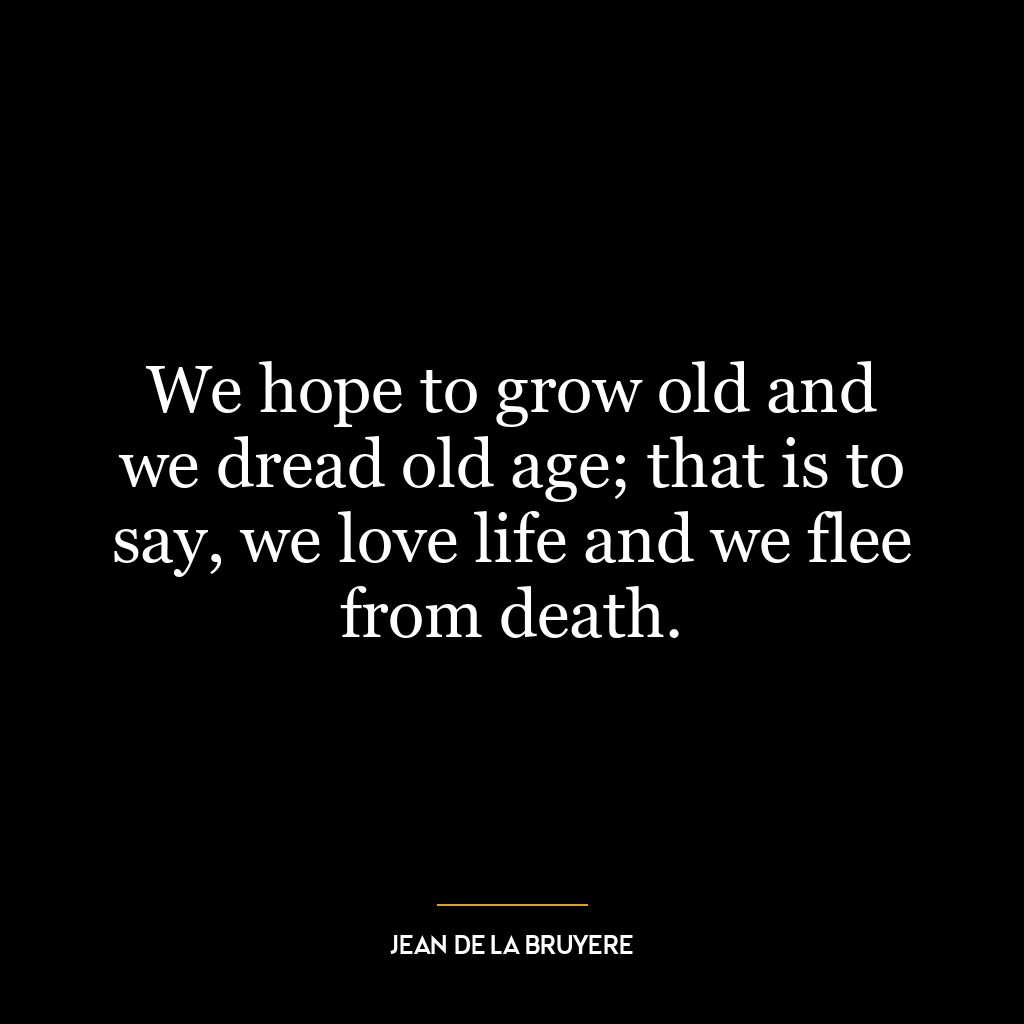This quote suggests that fear and hope are two powerful emotions that can drive individuals to take actions they might not otherwise consider. Fear, often seen as a negative emotion, can push people to extraordinary lengths to avoid danger or discomfort. On the other hand, hope, a positive emotion, can inspire individuals to strive for better, often against the odds. The interplay of these emotions can lead individuals to undertake remarkable feats or make significant changes.
In essence, the quote emphasizes the transformative power of fear and hope. Both can act as catalysts for change, prompting individuals to step out of their comfort zones and take risks. They can sway decisions, shape behaviors, and influence outcomes.
In today’s world, this idea is particularly relevant. For instance, the fear of climate change has spurred many individuals and organizations to take action, adopting more sustainable practices in an effort to mitigate its effects. Similarly, hope for a better future motivates activists to fight for social justice, equality, and peace, despite the challenges they face.
In terms of personal development, fear can be a powerful motivator. The fear of failure or stagnation can push individuals to strive for self-improvement, to learn new skills, or to break unhealthy habits. Conversely, hope can inspire individuals to dream big and set ambitious goals for themselves. It can encourage them to persevere in the face of adversity and to remain optimistic about the future.
However, it’s important to strike a balance between fear and hope. Too much fear can lead to anxiety and paralysis, while excessive hope can result in unrealistic expectations and disappointments. Used wisely, these emotions can serve as valuable tools for motivation and personal growth.




